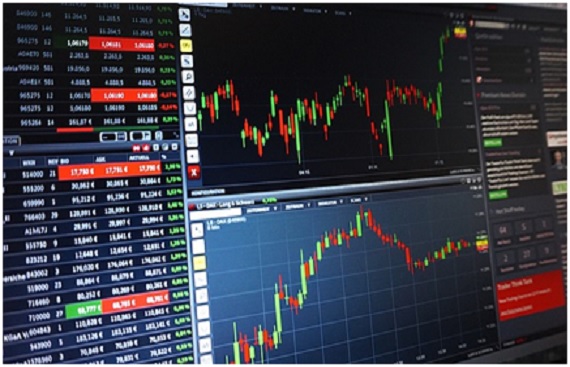Indian Rupee in 2020

INR or Indian rupee is ranked 16th in the global forex trading market in terms of value . USD (U.S.Dollar), EUR (the Euro), GBP (the British Pound Sterling) and JPY (Japanese Yen) are leading currencies that are traded with INR in currency pair. Exchange rate is the foundation of a forex trading market. Since the beginning of liberalization, India has adopted floating exchange rate system. Under the system the exchange rate is decided by market forces and the intervention of the central bank is limited. INR has been volatile historically. The depreciation of INR against the USD IN 2008-2009 was 33 percent. In 2011-2012 Asian crisis the depreciation was 30% and in 2013-2014 it was 28%. In the year 2018-2019 the INR depreciated by 18% against the USD.
Forex Trading in India: Government of India had restricted forex trading to currency pairs benched-marked with INR. Forex trading is possible through specified brokerages having access to exchange houses such as NSE and BSE. Currency derivative trading is permitted through theses approved exchanges. In 2015 currency pairs EUR-USD, GBP-USD and USD-JPY were permitted for futures and options trading through Indian exchanges.
In India currency derivatives market has seen exponential growth over the years. In National Stock Exchange (NSE), the daily trading volume in 2008-2009 was INR 1167.43 crores. In 2020-21 the figure has risen to INR 47300.72 crores. This is an yearly growth as well despite the Covid-19 impacted scenario. In 2019-2020, the daily trading volume was INR 41004.47 crores.
Forex trading is the largest financial activity globally. The average daily volume of global forex trading is 5 trillion USD. This is despite the fact that forex trading entails very high risk.
INR performance in 2020
In 2020 INR is down by 3.6 percent against the USD. It has proved to be the worst performing currency in Asia against the USD in this calendar year. In the first four months of the year the depreciation was 6 percent for the obvious reason of Covid-19 crisis. Lower crude oil prices also could not strengthen the INR during the period.
Some Asian currencies such as Chinese renminbi, Philippines peso and Thai baht appreciated against the USD during the year. This may be due to opening up of economic activities quickly together with under-performing USD. But going forward INR is expected to appreciate due to continuous foreign fund inflows , successful Brexit deal and covid-19 vaccine hopes. The Reserve Bank of India takes steps to minimize volatility of the exchange rate, however its intervention in forex market depends on overall state of the economy and macro- economic parameters.
The comparative USD to INR exchange rates for the year 2020 are:
As on 1st January 2020 : 71.321 INR
Highest exchange rate: 76.97 INR on 21 April 2020
Lowest exchange rate: 70.7245 INR on 15 Jan 2020
Average exchange rate for the year 2020: 74.1425 INR
Similar comparison between the EUR and INR is as follows:
As on 1st January 2020: 80 INR
Highest exchange rate : 90.4671 INR on 21st December 2020
Average exchange rate: 84.5786 INR
Lowest exchange rate: 77.2695 on 2nd July 2020
GBP vs INR in 2020 are:
1st January 2020: 94.5075 INR
Highest exchange rate: 99.8903 INR on 26th December 2020
Average exchange rate: 95.0625 INR
Lowest exchange rate : 86.4231 INR 2nd July 2020
JPY vs INR IN 2020
As on 1st January: 0.656 INR
Highest rate : 0.7221 INR on 9th March 2020
Average rate : 0.6945 INR
Lowest rate : 0.642 INR
Forex trading risks and way forward
There are a number of risk factors associated with forex trading. Some of the risks are exchange rate risk, interest rate risk, credit risk and country risk . Trading tools develop strategies to minimize losses. Professional approach to forex trading is must given the complexities involved in the job. There are a number of online tools including apps available to guide forex trading. One such app is available in the link https://play.google.com/store/apps/details?id=iforex.clients.android&hl=en_in.
